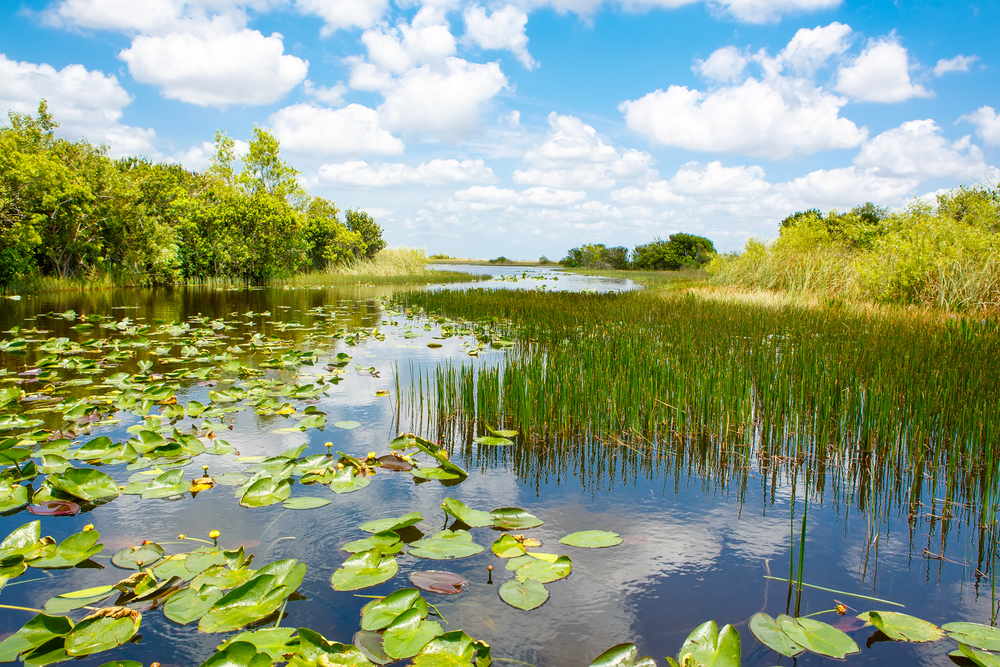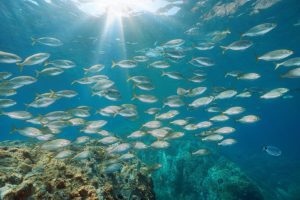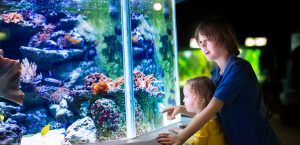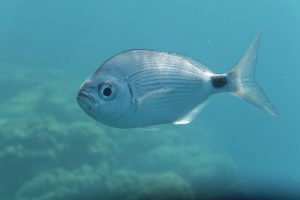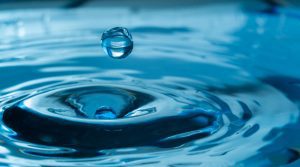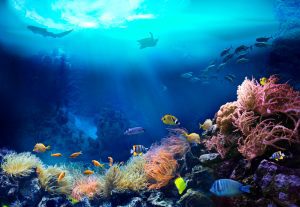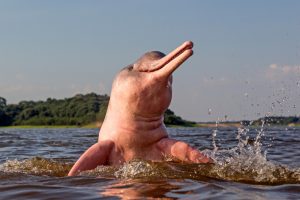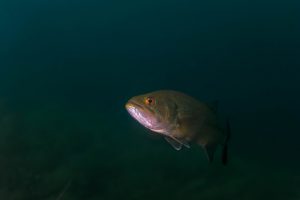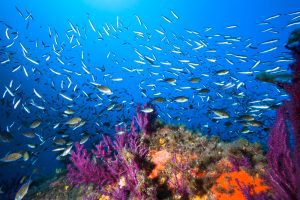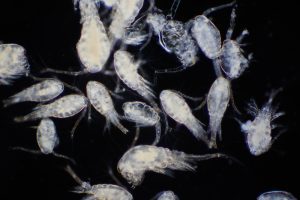There are thousands of plant species found in rivers and streams all across the globe. Some grow on the shore partially submerged, some grow under the water, and some grow on it.
Many of these plants are a crucial part of the ecosystem, keeping the water clean and providing food for fish and other animals that call the water home.
In this article, we will be taking a look at 20 plants that are either native or invasive in the United States.
If you are an aquarium keeper, many of these plants will be familiar to you as they are very popular with tank plant hobbyists.
If you are referencing this article before going out collecting, be sure to check with your local and state laws. While some states do allow for collection without a permit, others require you to get one in advance.
It’s also important when collecting that you do so sustainably. Never take all the plants from one area as this can cause issues for the ecosystem.
Instead, take a small portion and leave the rest to grow and spread.
Table of Contents
1. Water Lettuce
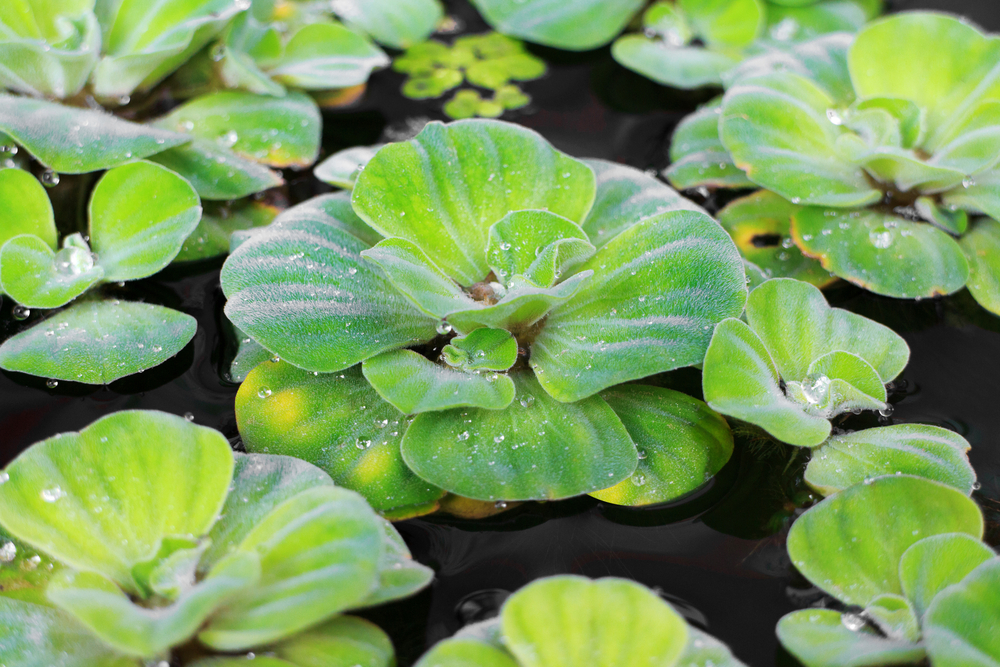
Water lettuce is a very popular pond plant in the northern half of the United States. It provides excellent cover to help your pond stay cool and give fish a place to hide from predators.
It is a fast-growing and spreading plant that has become invasive in many states in the southern half of the United States.
You will often find this plant near the banks of fast-moving waterways such as rivers and streams, but it can be found closer to the middle of slower-moving bodies of water.
If you are out looking for small fish, the roots of water lettuce are a great place to check. Small fish love to hang out in the roots and live-bearing fish will often give birth here so their babies have a place to hide and thrive.
2. Hydrilla
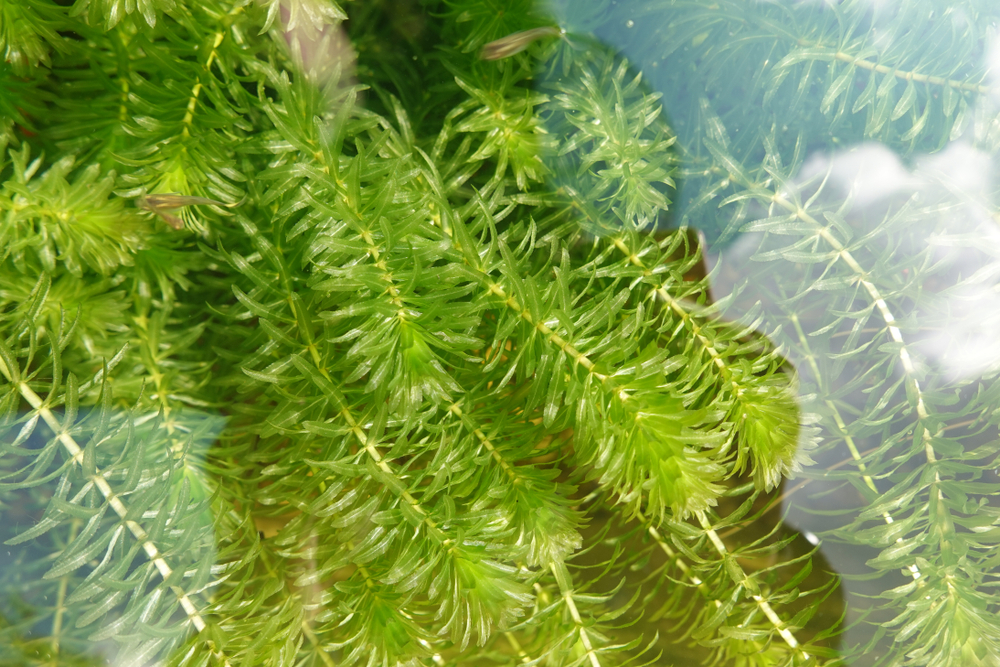
Native to Asia and parts of Africa, this plant is an invasive species in the United States and Canada. It thrives in a variety of waterways including rivers, streams, and lakes, and often outcompetes native plants for resources.
The hydrilla was first introduced into the US by an importer for the aquarium trade in Tampa Bay. He was unhappy with his shipment of plants and proceeded to toss them into the water after inspecting them.
They quickly spread in the area and gained popularity in the aquarium-keeping hobby.
Today, millions of dollars are spent annually trying to eradicate waterways of this invasive plant. However, their methods of reproduction make total removal almost impossible.
3. Cattails
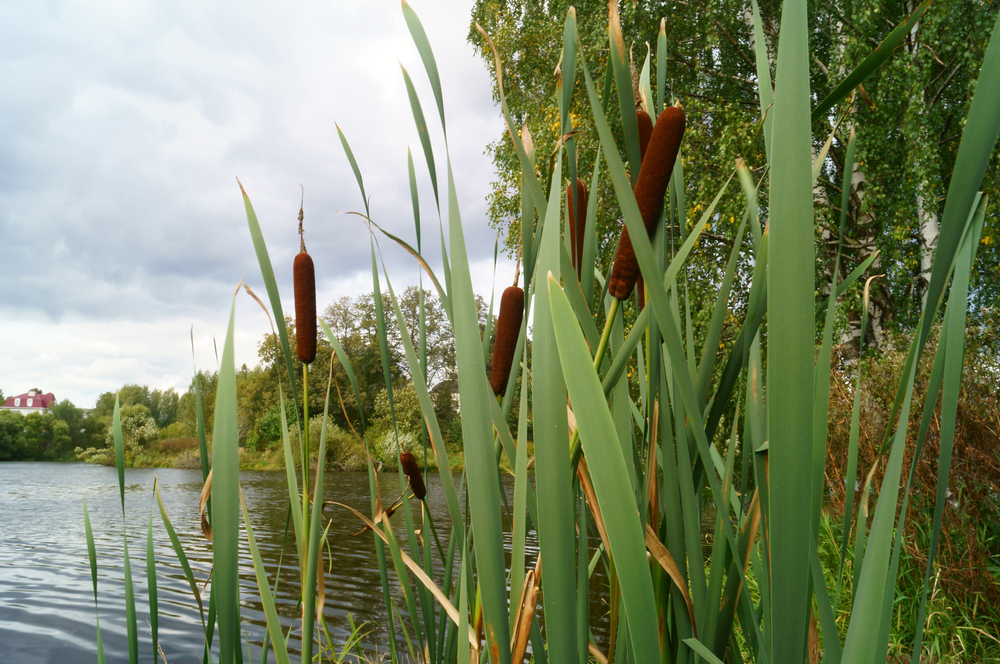
There are several species of cattails that are native to the United States. All of them are found growing on the banks of waterways like streams, rivers, and ponds.
These plants are easily identifiable by the brown cylindrical pods found near the tops of the plants.
Cattails are an important part of the ecosystem. Their roots grip the soil, protecting the banks of rivers and streams from erosion. They are also the preferred home of several species of frogs.
If you look closely at the stems of cattails in Florida, you will frequently find sleeping green tree frogs, and occasionally, invasive Cuban tree frogs.
Some parts of the cattail are edible for people, but careful preparation and harvesting are needed.
4. Water Hyacinth
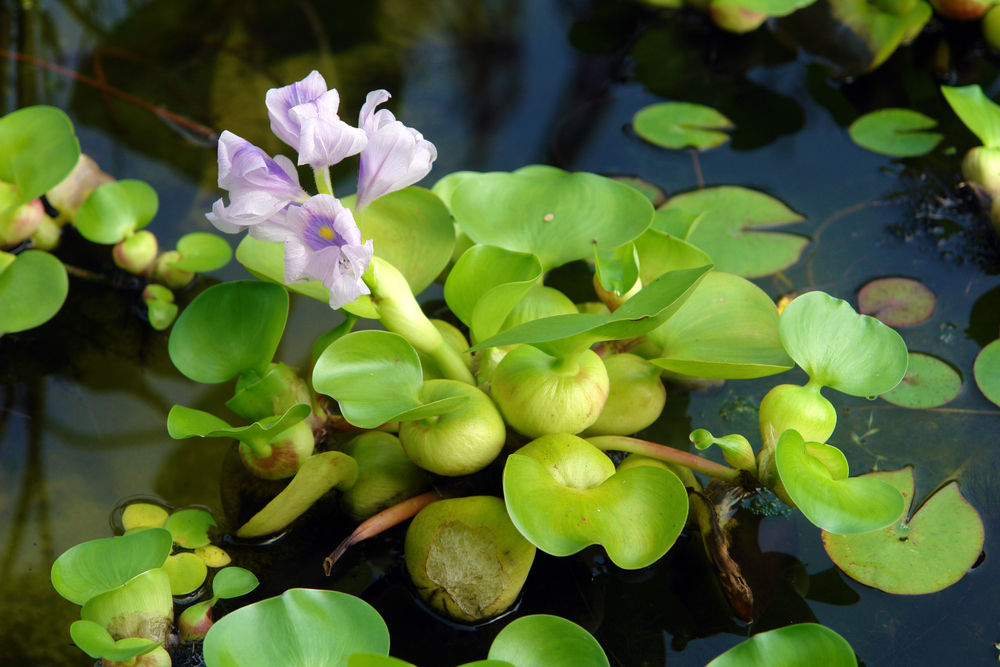
Eichhornia crassipes, also known as common water hyacinth, is a popular aquarium and pond plant in the northern half of the United States.
Similar to water lettuce, these plants have become a nuisance species in the southern United States, where they grow and spread quickly.
Native to the Amazon basin, water hyacinths are beautiful plants with light purple flowers and long elegant root formations.
They are a popular hideout for small fish and fry, so if you are out looking for fish, these plants are a great place to dip your net.
Unfortunately, while they are very beautiful and hardy, they cause issues in states like Florida by blocking the sunlight to native plants and, in some spots, even causing problems for boats.
It’s important if you are boating in a warm-weather area that you make sure to rinse your boat after pulling it from the water to prevent invasive species from spreading.
5. Elephant Ears
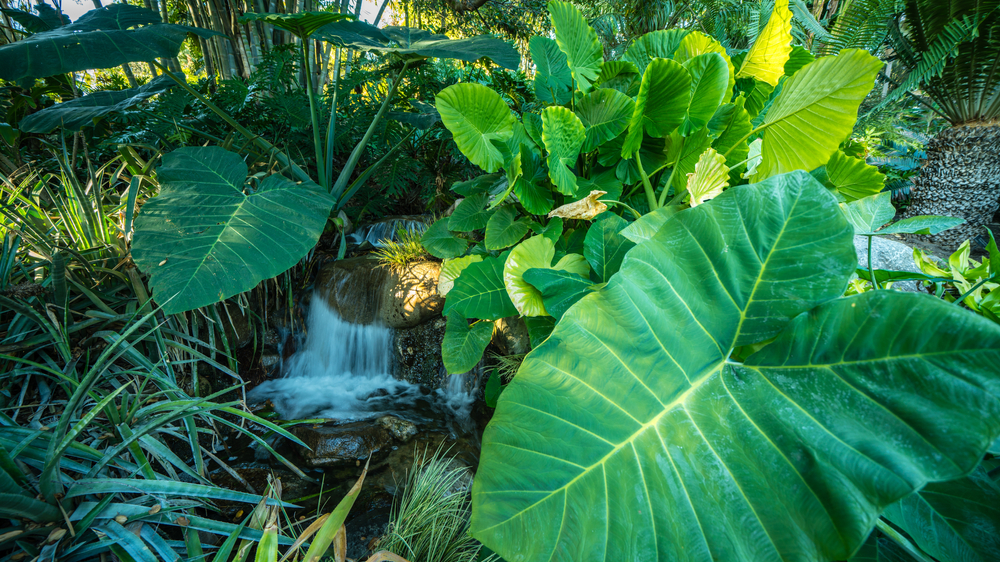
Elephant ear is a name that covers a very wide range of plants in the Colocasia and Alocasia families. However, in this article, it’s used to describe Colocasia esculenta, which is an invasive species in Florida.
Also commonly referred to as wild taro, this plant is frequently found along the banks of rivers and streams. It is a water-loving species that thrives in high humidity and can reach heights of up to 9 feet tall.
Called elephant ears due to their large, ear-shaped leaves, these plants are known to take over areas that are normally populated by native plants and shade areas of the waterways, causing shore lining water plants to die as well.
6. Arrowhead

The common arrowhead, also known as Sagittaria latifolia is a native species in Florida and other warm-weather areas of the United States.
It can frequently be displaced by invasive elephant ears that grow in approximately the same areas.
Arrowheads are important to their ecosystems for preventing erosion and are a popular spot for green tree frogs and squirrel tree frogs to spend their days sleeping. When water is high, it is also a great place for small fish to hang out and feel safe.
7. Frogbit
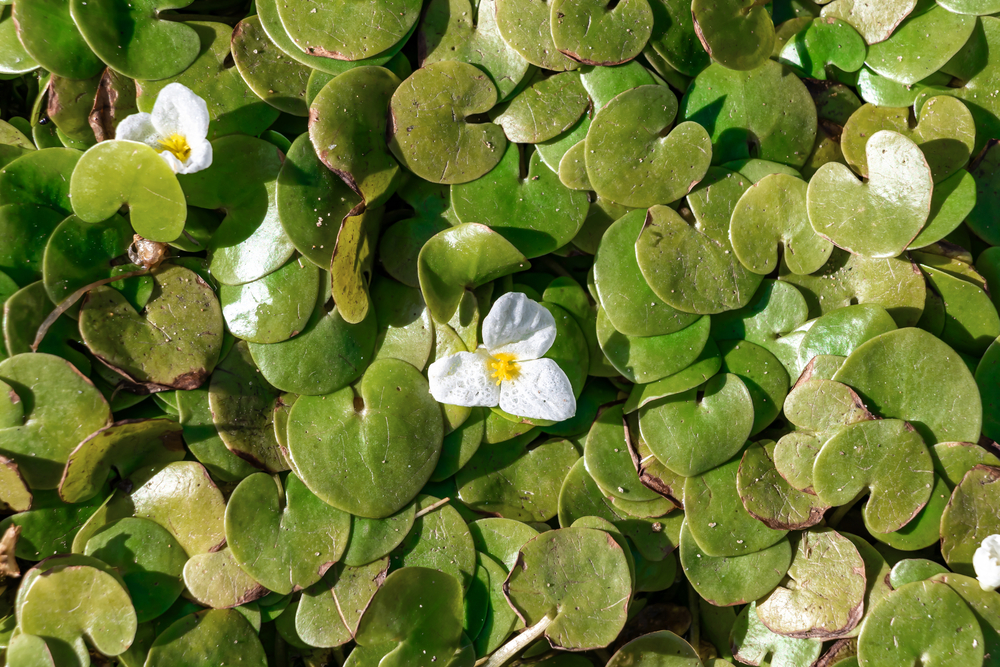
There are several species of frogbit found in the United States. Some are native and some are invasive from the Amazon.
The differences between the plants are subtle and hard to distinguish for the layman explorer, so be careful when transporting the plants either purposely or on boats to prevent the spread of invasive exotics.
Frogbit is a floating plant that puts out beautiful flowers in the summer and sometimes in the fall. Its leaves are green and similar in shape to a lily pad, but much smaller.
They have long roots that many fish are known to shelter in, and frogs love to hang out on the edges of the leaves while they rest.
The plants provide the frogs with perfect camouflage, protecting them from predators who would easily spot them otherwise.
8. Salvinia
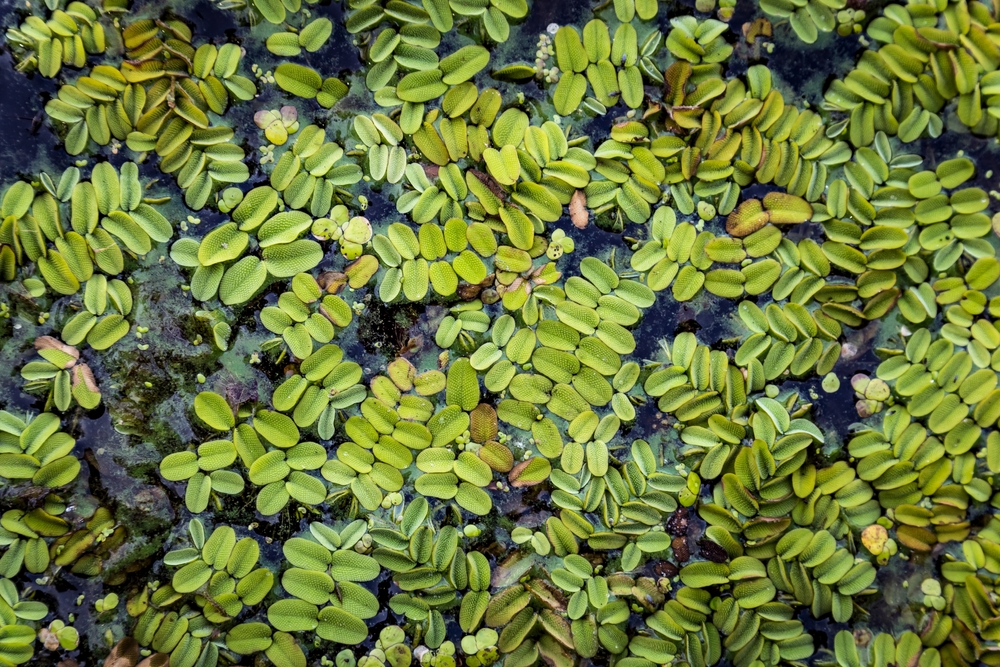
There are several species of salvinia found in the United States. One species, Salvinia minima, is native to Florida and is frequently found in slow-moving rivers and streams.
Another species, Salvinia molesta, or giant salvinia, is an invasive plant that is causing major issues in waterways in Texas.
Both of these species have similar growth patterns, but one has much larger leaves than the other.
All species of salvinia are known to be great for removing nutrients and harmful toxins from the water, but like other floating plants, too many can cause issues for submerged plants, birds, and boats.
9. Duckweed
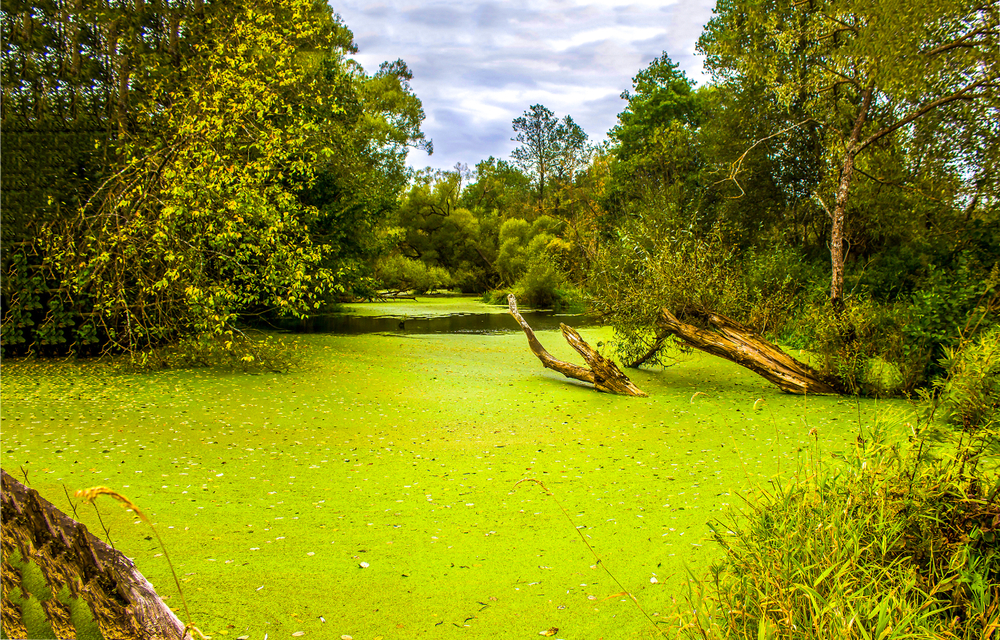
Duckweed is a small floating plant that is found in lakes, rivers, and streams. In small amounts, it is great for the environment, removing toxins from the water, and being consumed by waterfowl such as ducks and geese.
However, in large amounts, it can cause major issues for submerged plants, fish, and other aquatic species.
Duckweed is extremely proficient at absorbing nutrients and harmful toxins from waterways. This proficiency can often lead it to take over areas that are experiencing issues from pollution.
In Florida, the Fish and Wildlife agents are known to spray herbicides into waterways in an effort to combat harmful invasive plants.
While this kills many of the targeted plants, it also has a negative effect on some animals and other plants. Duckweed is known to absorb these herbicides and turn them into food, but this process makes the plant toxic.
This has led to many animals that consume the plant becoming sick and even dying.
10. Water Lily
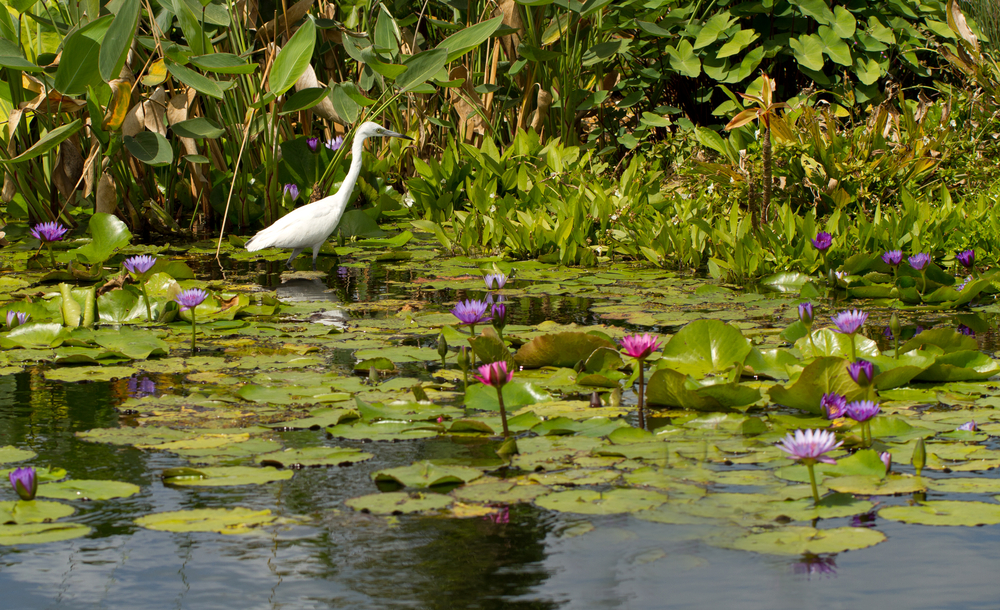
When you think of water plants, water lilies are likely the first plants that come to mind. These beautiful plants are known to grow near the edges of rivers and lakes with stems reaching up to 20 feet in length.
Water lilies are known to help prevent erosion and are a great place for fish and reptiles like alligators and frogs to hang out in the southern heat.
When visiting Florida, you will likely see a variety of animals hanging out around lilies, including herons and other birds of prey that stalk the area looking for fish, frogs, and crayfish to eat.
11. Anacharis
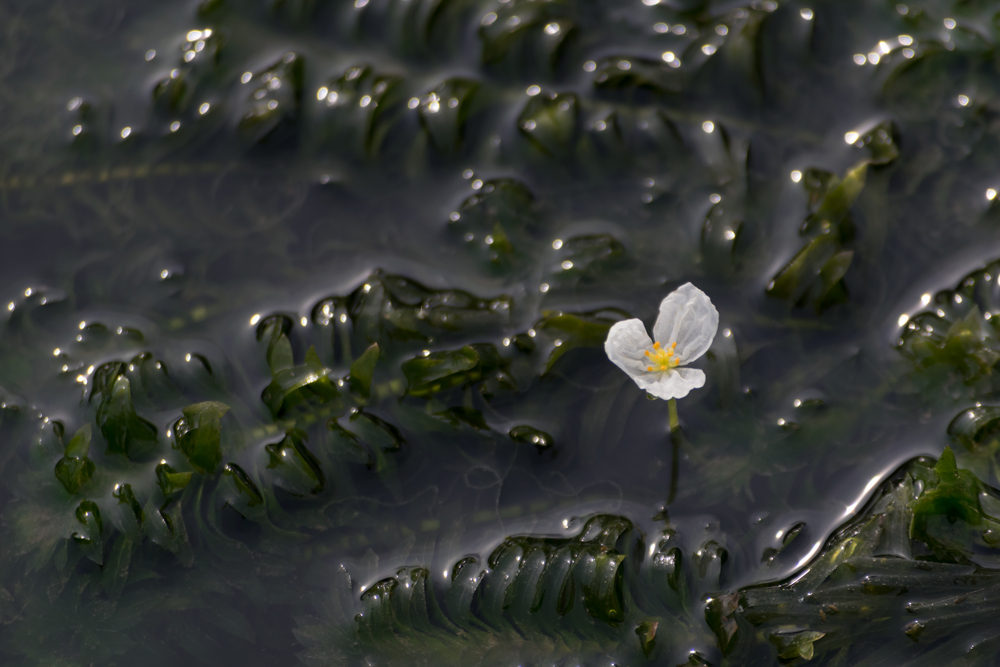
Anacharis is a common invasive plant found in streams and rivers. It is known for its ability to be highly oxygenating and is coveted in the aquarium hobby for this ability.
Anacharis is a green stem plant that can grow from dirt but is often found floating near the surface of the water.
When it blooms, its flowers are small and white and often don’t last more than a few days, so you are lucky if you are able to see them.
These plants do grow much faster than most native plants and are known to outcompete them, but plant collectors are doing their part in keeping the waterways clean by collecting anacharis in Florida by the boatload to sell in the aquarium trade.
12. Ludwigia
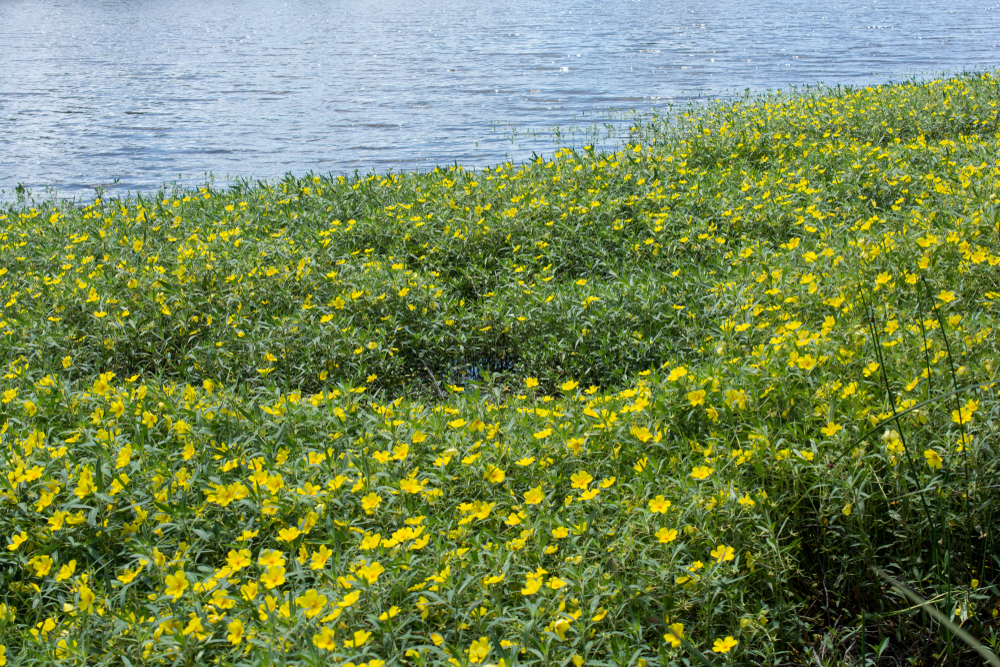
There are approximately 30 species of ludwigia found in the United States. While these plants are mostly found submerged underwater, they are also quite capable of thriving above the water.
Interestingly, the leaves appear completely different when grown above or below the waterline.
These plants are frequently found near the edges of streams and rivers and help the stream beds stay healthy by preventing erosion and detritus buildup.
13. Parrot Feather
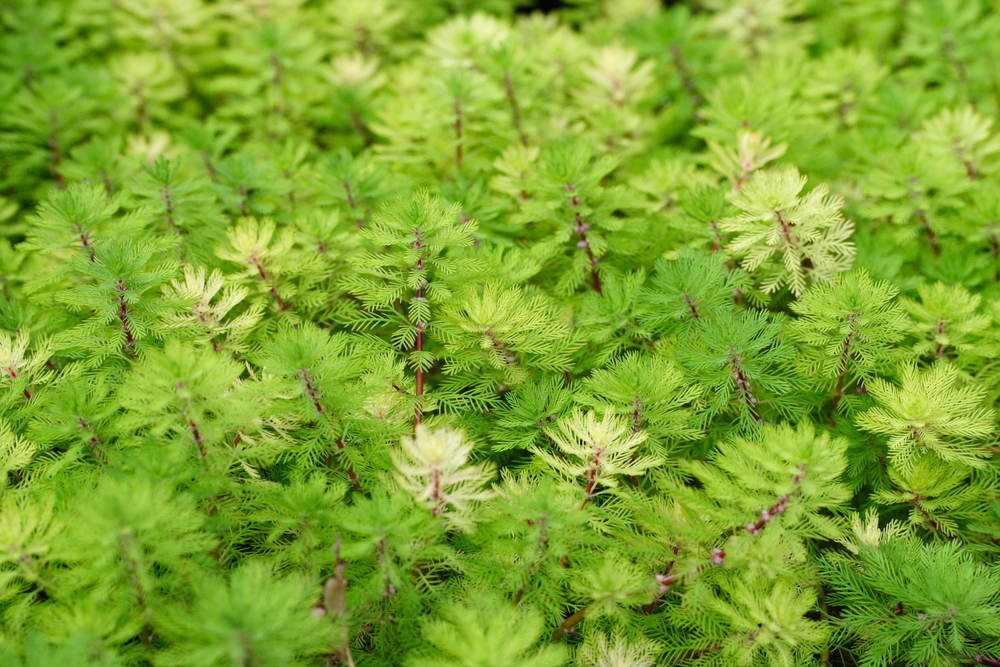
Parrot feather is a unique plant that grows in the shallows of ditches, streams, and rivers. Its leaves have a feathery appearance that gives it its name.
This plant thrives partially submerged and will not survive if fully submerged or if left completely out of the water for long periods of time.
These plants are frequently harvested for the aquarium trade and sold for aquariums, but they are not good plants for the average aquarium since they will die if kept completely underwater.
Parrot feather is great for invertebrates and small reptiles that need a place to hide, but fish are rarely found in areas of thick growth.
14. Cabomba
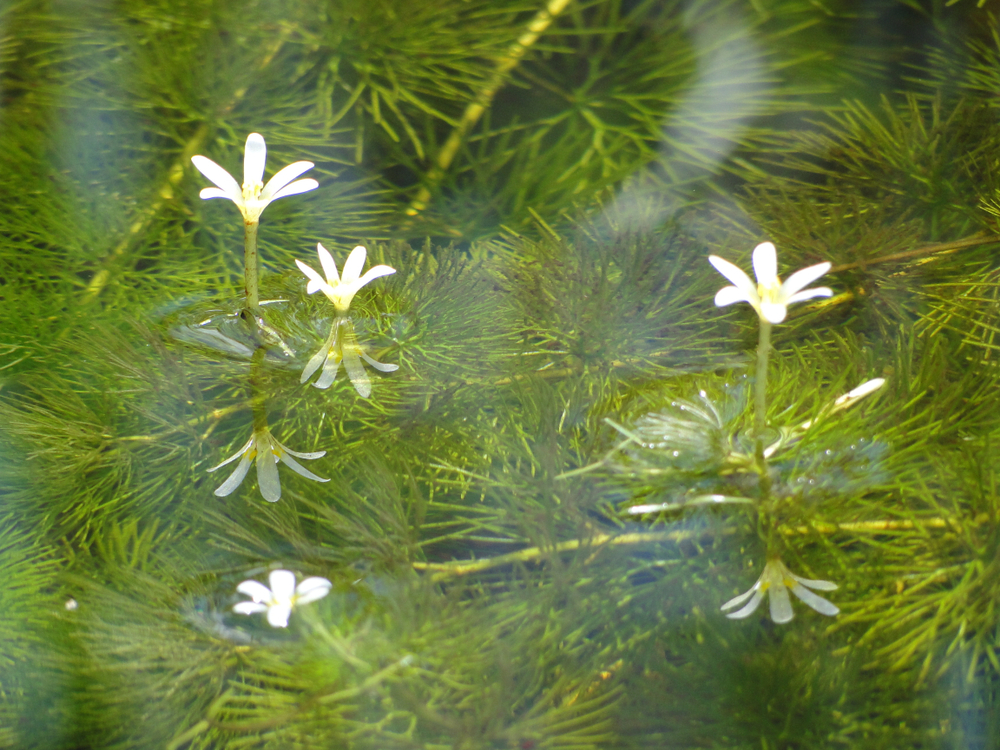
Cabomba has a similar appearance to anacharis and is also found in many of Florida’s waterways. It is native to the area and is also very oxygenating and popular in aquascaped home ponds and aquariums.
It has a feathery appearance and can grow from the dirt at the bottom of the water or can be found floating near the surface of the water.
Its stems are a haven for fish and invertebrates, and it is often consumed by herbivores such as manatees and tilapia.
15. Hygrophila
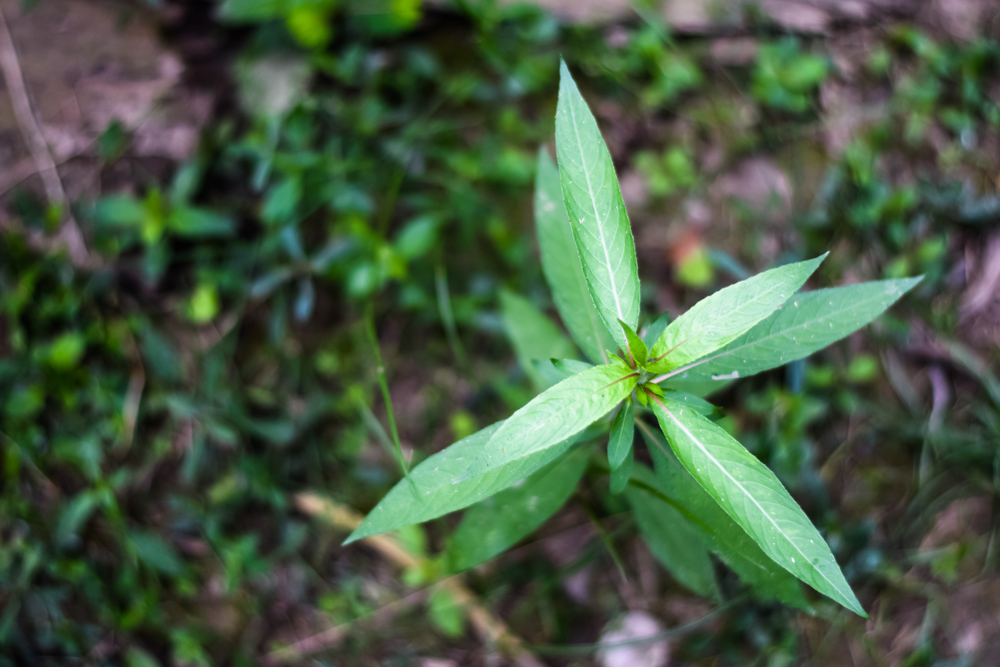
There are close to 100 species of hygrophila in the world and many of them grow in streams and rivers in the United States. Hygrophila is a type of plant that has both a submerged form and an emersed form.
The submerged form usually has softer leaves that are thinner and glossy, while the emersed form has larger, thicker leaves.
These plants are great at preventing erosion and their emersed flowers are well-loved by butterflies and other pollinating insects.
Hygrophila can be grown from stem cuttings, so if you see some you want to harvest in the wild, you can actually just cut a piece from the main stem, place it in water and wait for the roots to grow.
16. Bacopa
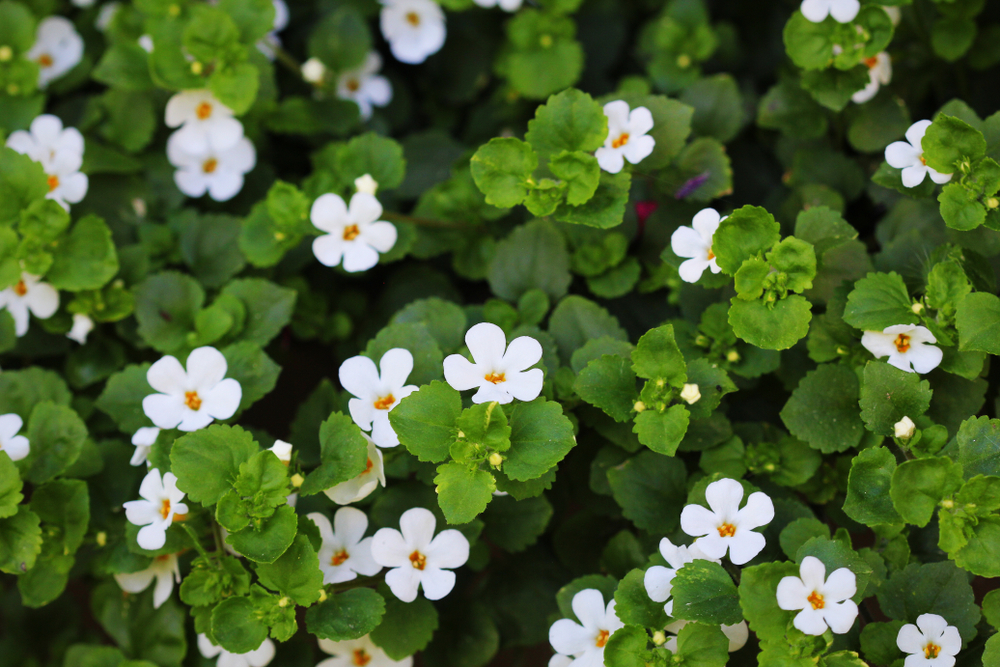
Bacopa is another plant that is popular as both a submerged plant and an emersed plant. When grown underwater, its leaves are small, circular, and light green.
When grown above water they are darker green, circular, and significantly bigger. These plants are known to be quite easy to grow both in aquariums and as potted plants.
Bacopa monnieri is a well-known medicinal plant that is used to improve brain function, reduce anxiety, and even treat epilepsy.
If you see it in the wild, you will likely find it near the shore of rivers and streams with the majority of its stem underwater and part of it above water. Flowers will only appear on stems that are out of the water.
17. Azolla
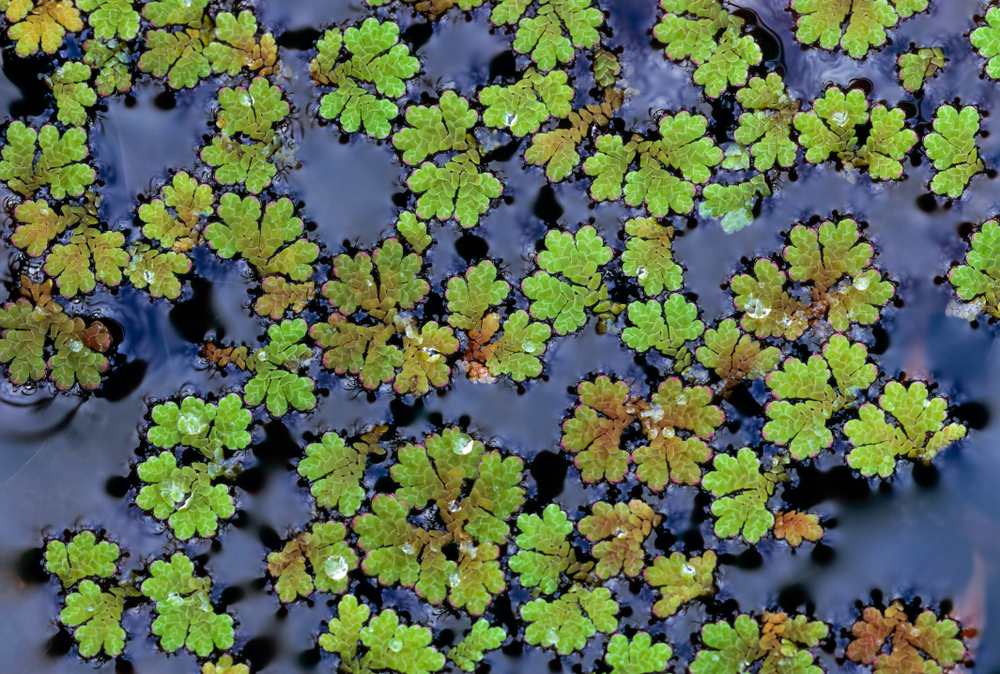
Azolla, also known as floating water fern, is a common floating plant in Florida. It is often found near the banks of slow-moving rivers and streams where it absorbs nutrients from the water.
It is usually a bright green color, but when exposed to high amounts of sunlight it can also appear red or reddish-brown.
It is commonly eaten by fish and waterfowl such as ducks. Some farmers have even begun growing it to feed cattle and other herbivorous animals.
There is some debate about whether this could be a new superfood for humans, but due to its proclivity to appear in places with cyanobacteria, scientists are unsure whether or not it will be safe for human consumption.
18. Bladderwort
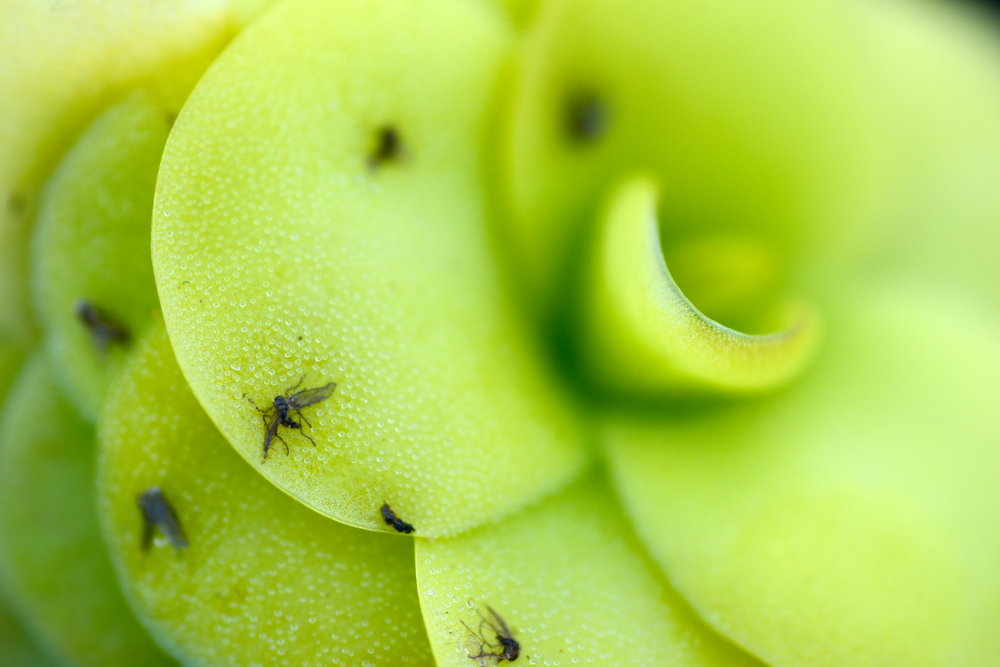
Another interesting water plant is bladderwort. Often found in slow-moving waters in rivers and streams, these plants don’t absorb nutrients from the water, but instead consume small insects and invertebrates.
There are nearly 200 species of bladderwort, and all are carnivorous. They catch their prey with small traps that are triggered by small hairs.
When an invertebrate touches the hairs, it triggers the trap to quickly suck in and close. The plant then digests the insects to absorb the nutrients.
19. Pennywort
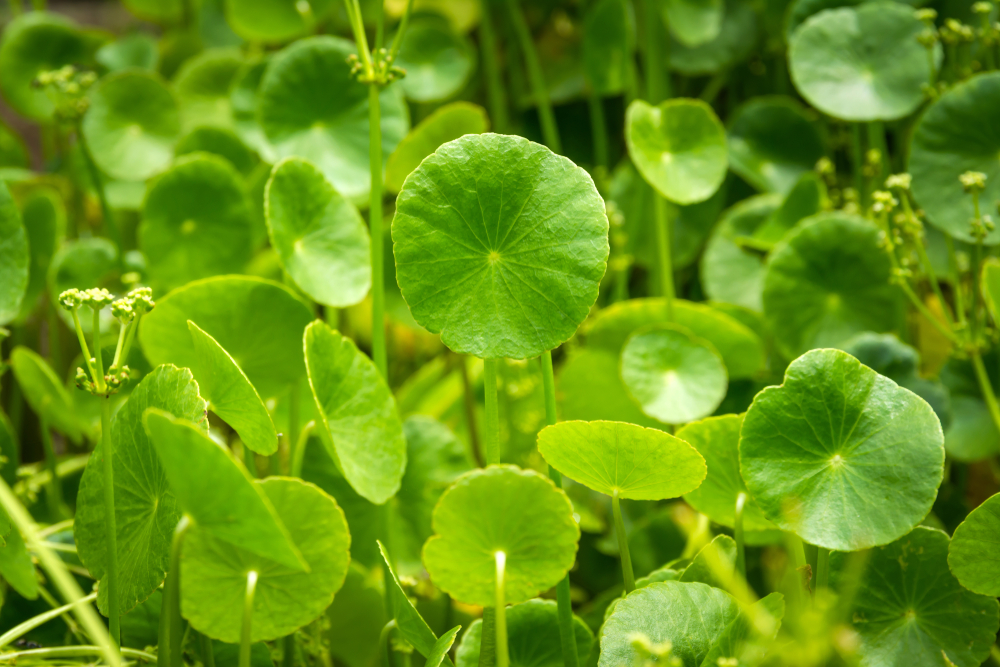
One species of pennywort, Hydrocotyle umbellata is native to Florida. It is usually found in wet soil on the banks of rivers and streams or in the shallow waters nearby.
It has small leaves that resemble lily pads and is often very leggy and quick to spread.
It can be a nuisance in some lawns and is considered a weed by many, but nature lovers find it to be quite beautiful. This plant isn’t just beautiful, if you are one for harvesting your own food, it is also edible and quite delicious.
Be sure when preparing the plant that you only gather it from clean water sources and be sure to thoroughly wash it before cooking.
20. Vallisneria
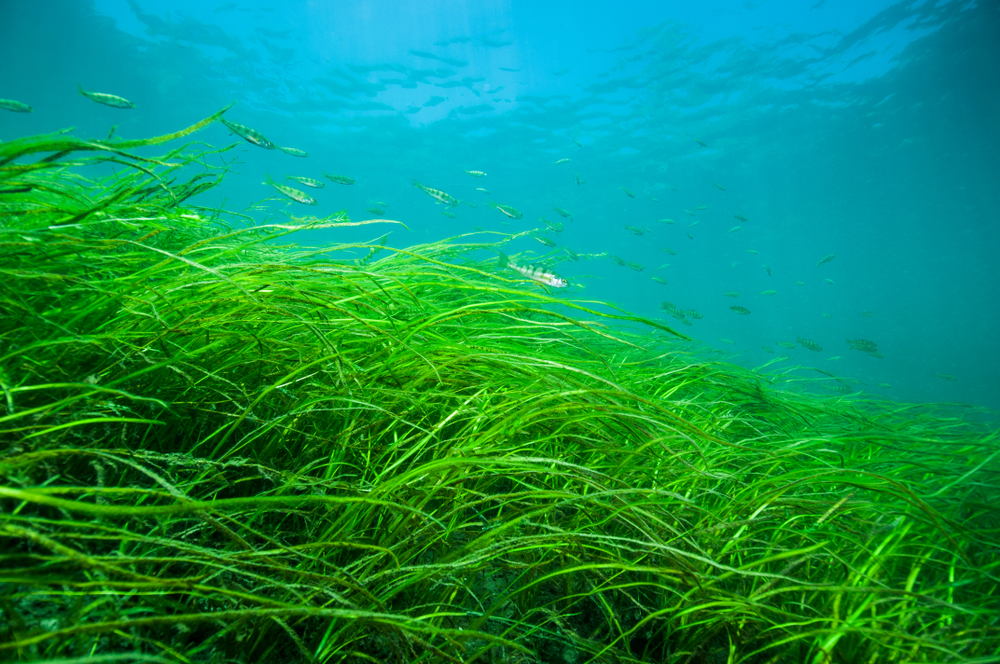
Also known as tape grass, vallisneria is commonly found in faster-moving rivers and streams. It usually grows completely submerged, but it can sometimes be found with its tips emerging from the water.
Vallisneria can grow quite tall and form underwater jungles where fish and other aquatic species thrive.
This plant is a favorite food of turtles, manatees, and herbivorous fish, but it can cause issues for boats and swimmers when its growth is particularly dense.
Large clusters of Vallisneria are a sign that the waterways are thriving and if you have found some you are likely in a great area to snorkel and see native wildlife.

